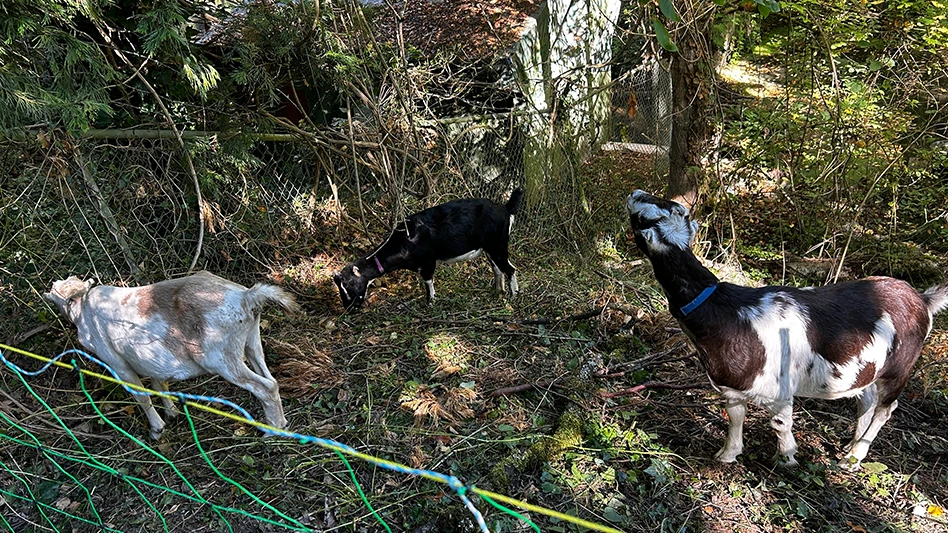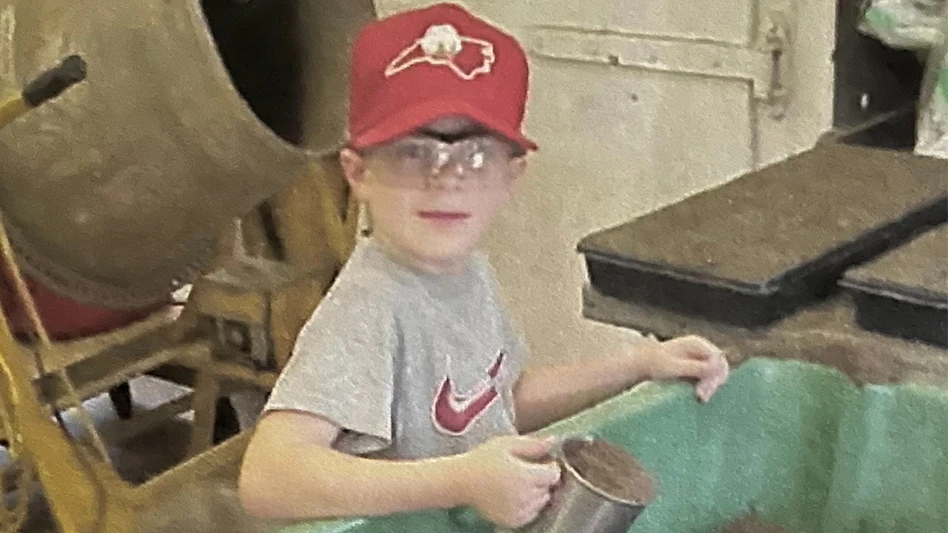
I get the sense that most golfers don’t have the slightest idea what goes into getting a course ready for play. If they did, they’d have a better understanding of what it means to be a superintendent. They’d also enjoy their rounds better because they’d see more detail in the handiwork that makes their playing field possible.
I’m the last one to romanticize the trade. If anyone is going to get all teary-eyed and choked up emotionally about what it takes to get a golf course in shape, let it be practitioners of the trade. The fact that no superintendent I know of has published a book-length memoir of what it actually feels like to be a career greenkeeper suggests to me the complexity of the task. By the time a potential author reached that point in his/her career, they’d probably simply be glad to be retired or know too many people they’d annoy if they wrote the truth about the business.
The real secret of the trade, as far as I can tell, is that for all the physical labor involved and the long hours required, the 100 to 150 acres comprising a superintendent’s office might be the greatest workspace in the world. It’s certainly the quietest, compared to the constant buzz and interruption from colleagues and customers that one usually finds in a 9-to-5 job.
As a caddie and golfer, I discovered early on that the greatest time to be on the course was first and last night. For one thing, no golfers. Another was the quality of light. And then there’s simply that vast expanse of space to claim as one’s own, shared only with animals and plants.
I used to love getting up at 5 a.m., making a quick breakfast and then hoping on my bicycle or walking the mile to the commuter rail station for the 15-minute ride on the Long island Railroad to the Woodmere Club in Nassau County, where I caddied. I’d get there way before any golfers did – and often before any other caddies. The light of dawn lifted gradually across the fairways and the shadow effect of the grounds features highlighting their vertical intensity – as if a three-dimensional version of the shade contrasting that makes black and white cinema so evocative.
Walking the course always helps one appreciate the subtlety of the terrain and the effects of maintenance practices done, both right and wrong. Chris Tritabaugh, the superintendent at Hazeltine National Golf Club in Chaska, Minnesota, is a proponent of walking the course as much as possible, to the virtual exclusion of a cart or utility vehicle. The time is worth it, he figures.
As for translating that perspective into the minds of golfers, well, this is where things get tough. We live in a society of instant achievement and gratification, where you’re supposed to be able to buy an improved game off the equipment rack and “miracle-grow” your roses into shape without effort. There are instant medicinal cures for insomnia, sure-proof methods for losing 30-pounds of gut fat, instant paths to success as a patented inventor.
Is it any wonder that most golfers don’t have the slightest idea of the equipment needed, the expertise of the trained personnel who operate it or the turfgrass science that underpins it all? And then there are external, uncontrollable forces at play such as weather, water quality and soil structure. Added to that is the way in which some golfers seek what they think of as “ideal playing conditions,” by which they usually mean the pursuit of more speed to the greens and lushness to the turf.
I keep thinking of ways for superintendents to get the message across about what they are dealing with and how they can communicate it. The back cover of Pink Floyd’s fourth studio album, “Ummagumma” (1969) shows the band’s equipment – amps, drum kit, guitars, microphone booms, gong – arrayed symmetrically at a military airfield; it’s their version of going into battle. Inspired by that scene, I’ve always thought that once a year, superintendents ought to showcase all of the maintenance equipment by the clubhouse, next to a well-stocked bar and buffet so that members could celebrate the work and appreciate what’s involved in getting the course into shape.
Alternatively, superintendents could spend two hours a weekend morning hanging out by the first or 10th tees, talking up the golfers, introducing them to a crew member, explaining what’s going on and answering questions. Anything to help cultivate interest and understanding.
The golfer education will make the job easier. But nothing can replace an awareness of the special beauty and private magic of the workplace. Only a greenkeeper (and the occasional crew member or caddie) knows what that office space is really like in the unique light of a golf course

Explore the July 2020 Issue
Check out more from this issue and find your next story to read.
Latest from Golf Course Industry
- The Aquatrols Company story
- Albaugh receives registration for chlorantraniliprole
- Honored by the association he helped expand
- The Carolinas GCSA Conference and Show: 5 W’s preview
- A great game. A sustainable game
- Envu welcomes new campaign activation manager
- Beyond the Page 61: An apprenticeship roundtable
- Epoch Science introduces Plant Fitness turf product line





